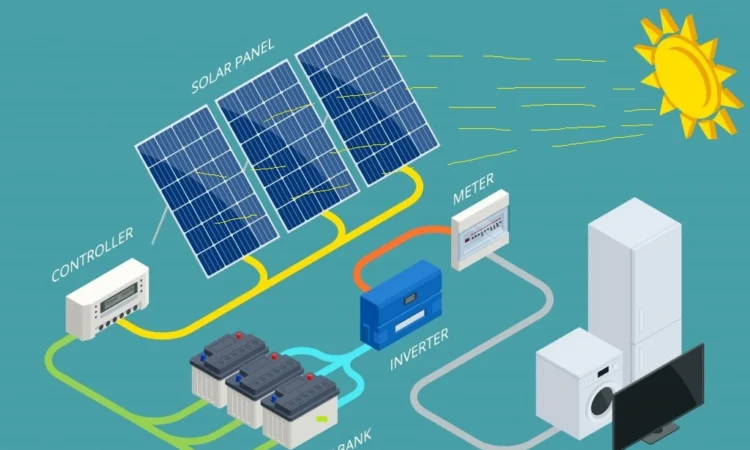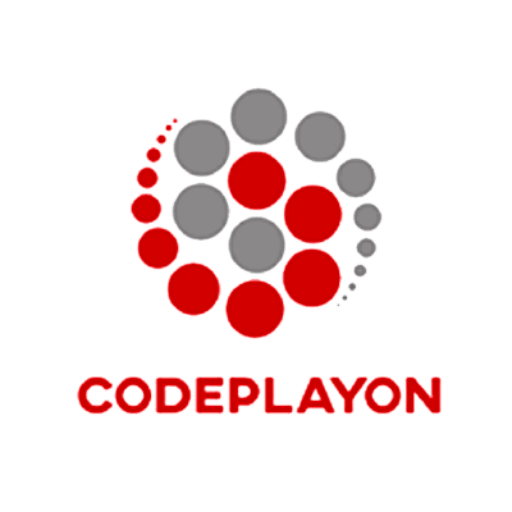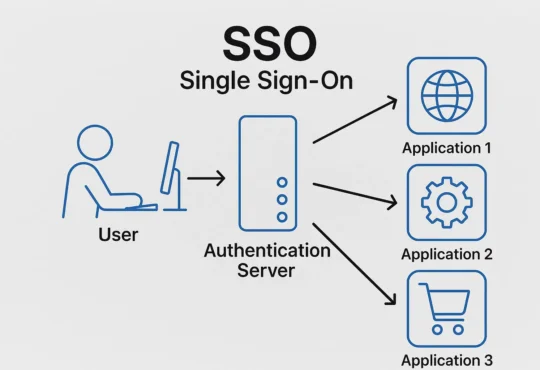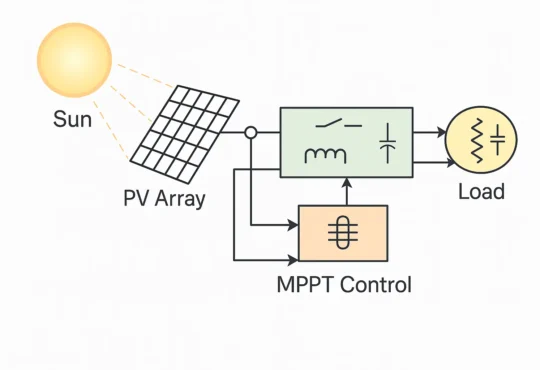
Solar power is energy from the sun that is converted into thermal or electrical energy. Solar energy is the cleanest and most abundant renewable energy source available, and the U.S. has some of the richest solar resources in the world. Solar technologies can harness this energy for a variety of uses, including generating electricity, providing light or a comfortable interior environment, and heating water for domestic, commercial, or industrial use.
Any Anchor
Solar Technologies
There are three main ways to harness solar energy: photovoltaics, solar heating & cooling, and concentrating solar power.
Photovoltaics Photovoltaic (PV)
devices generate electricity directly from sunlight via an electronic process that occurs naturally in certain types of material, called semiconductors. Electrons in these materials are freed by solar energy and can be induced to travel through an electrical circuit, powering electrical devices or sending electricity to the grid. PV devices can be used to power anything from small electronics such as calculators and road signs up to homes and large commercial businesses.
Solar Heating & Cooling
Solar heating & cooling (SHC) technologies collect the thermal energy from the sun and use this heat to provide hot water, space heating, cooling, and pool heating for residential, commercial, and industrial applications.
Concentrating Solar Power
Concentrating solar power (CSP) plants use mirrors to concentrate the sun’s energy to drive traditional steam turbines or engines that create electricity.
How solar is used Solar energy
is a very flexible energy technology: it can be built as distributed generation (located at or near the point of use) or as a central-station, utility-scale solar power plant (similar to traditional power plants). Both of these methods can also store the energy they produce for distribution after the sun sets, using cutting-edge solar + storage technologies.
Solar exists within a complex and interrelated electricity system in the U.S., working alongside other technologies like wind power to transition the U.S. to a clean energy economy. All of these applications depend on supportive policy frameworks at the local, state, and federal level to ensure consumers and businesses have fair access to clean energy technologies like solar.
The Solar Market Today
There are more than 200gigawatts (GW) of solar installed in the U.S., enough to power 36.1 million homes. Over the last decade, the solar market in the United States has grown at an average rate of 25% each year.
There are more than 4.8 million individual solar installations in the U.S., ranging from small home rooftop systems to large utility-scale systems that add hundreds of megawatts of clean electricity to the power grid. Resources for Solar Customers If you’re looking to install solar on your home or business, SEIA has a variety of resources to guide you through the process.
Browse our customer portal to learn more about your options, what to look for in an offer, questions to ask a solar company, your rights as a consumer, and more.
Solar FAQs
How does solar work?
While solar is comprised of a diverse suite of technologies, there are three main types: photovoltaics (PV), solar heating & cooling (SHC), and concentrating solar power (CSP). Solar heating & cooling systems are typically installed on residential or commercial properties, while CSP is only used for large utility-scale power plants.
PV technology can be harnessed both at utility-scale levels as well as in distributed generation on homes and businesses. PV panels directly produce electricity from sunlight, while CSP and SHC technologies use the sun’s thermal (heat) energy to change the temperature of water and air.
PV panels have no moving parts, and use an inverter to change the direct current (DC) power they produce to usable alternating current (AC) power. SHC technologies are often used to heat water for domestic or commercial use, but can also be used to heat or cool the air in buildings. Most concentrating solar power systems use concentrated sunlight to drive a traditional steam turbine, creating electricity on a large scale.
What happens to solar panels when it’s cloudy or raining?
Photovoltaic panels can use direct or indirect sunlight to generate power, though they are most effective in direct sunlight. Solar panels will still work even when the light is reflected or partially blocked by clouds.
Rain actually helps to keep your panels operating efficiently by washing away any dust or dirt. If you live in an area with a strong net metering policy, excess energy generated by your panels during sunny hours will offset energy that you use at night and other times when your system isn’t operating at full capacity.
What’s a solar lease or solar power-purchase agreement?
In a solar lease or solar power-purchase agreement (also known as a “PPA”), a customer pays for the solar power system over a period of years, rather than in an up-front payment.
In a solar lease, customers can purchase solar for little or no money down, and can often realize energy savings immediately. In a power-purchase agreement, a customer agrees to purchase all the energy from a solar system over a fixed period of time.
Read more about solar leases and PPAs on our third-party financing page. SEIA has developed standardized model contracts for a variety of solar financing options, including leases and PPAs. We encourage our companies to use these templates to make the process of shopping for solar as easy as possible.
Where are the biggest solar installations in the U.S.?
Check out SEIA’s Major Solar Projects List! This database complies a comprehensive list of all ground-mounted solar projects, 1 MW and above, that are either operating, under construction or under development. The list is for informational purposes only, reflecting projects and completed milestones in the public domain.
The information in the list was gathered from public announcements of solar projects in the form of company press releases, news releases, and, in some cases, conversations with individual developers. It is not a comprehensive list of all utility-scale projects under development. This list may be missing smaller projects that are not publicly announced.
Solar Packages
You can get a complete range of solar solutions under one roof – choose from our vast bouquet products. There are different kinds of solar systems you can choose from — Off Grid Solar Solution Combos, On Grid Solar Solution Combos, Hybrid Solar Solution Combos.





